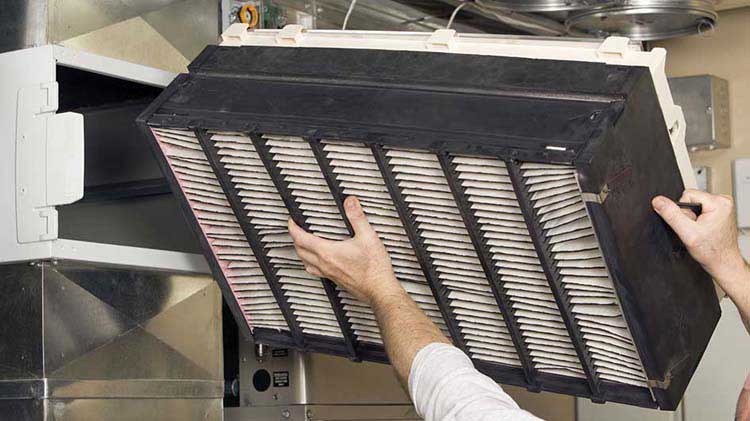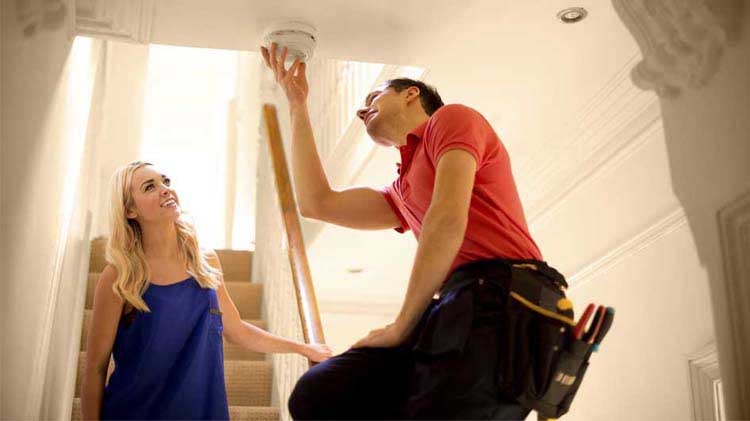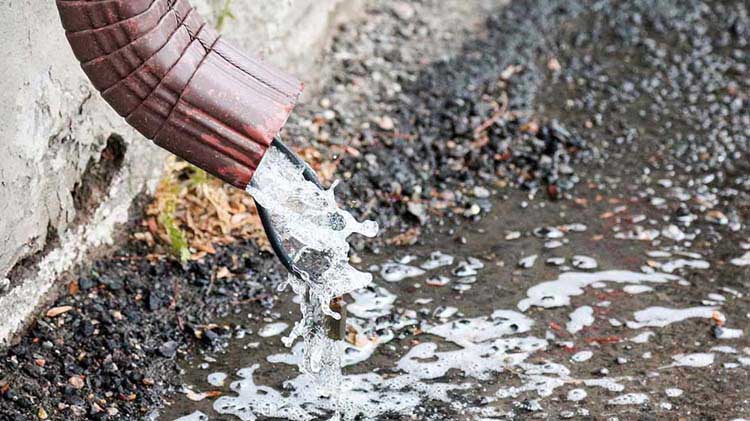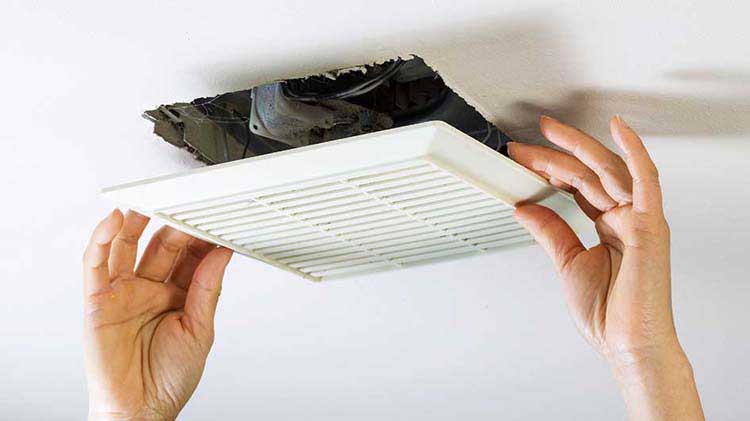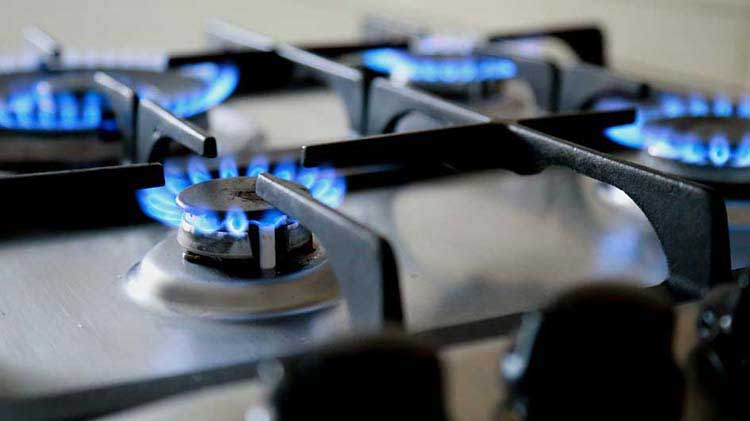What is indoor air pollution and what can you do about it?
Indoor air quality can be worse than outdoor. Learn the types and what you can do to improve it.
According to the Environmental Protection Agency (EPA), Americans spend the majority of their time indoors, where pollution levels can be two to five times greater than outdoor levels. So, indoor air quality is a public health concern.
Types of indoor air pollutants
Indoor pollutants can be grouped into three different categories: gaseous, particulate and biological. Each type has its own risks. Here are some of the most serious types of air pollutants typically found indoors.
1. Gaseous pollutants
When pollutants are in the gaseous state, they produce dangerous side effects. Minor ailments can include headaches and eye irritations. The pollutants can also trigger much more serious consequences, such as cancer and even death. The most worrisome gaseous pollutants include:
- Volatile organic compounds (VOCs) - Building materials and other household goods emit these chemicals, such as formaldehyde. Common sources are wood, drywall, adhesives, paint, cleaning products, furniture, and even home electronics.
- Radon gas - Occurring naturally in the soil, radon gas is responsible for 21,000 lung cancer deaths a year. Learn about testing your home for radon gas.
- Carbon monoxide gas - A clear and odorless gas that is both naturally occurring and a byproduct of man-made combustion. It is important to monitor and prevent exposure to carbon monoxide gas.
2. Particulate pollutants
Ultra-fine liquid or solid particles in the air can get deep into the lungs. They are associated with an increased risk of allergies and asthma attacks. Common particulates are:
- Pollen
- Dust
- Dust mites
- Animal dander
- Diesel exhaust particles that seep in from outdoors
- Secondhand smoke
3. Biological pollutants
Biological pollutants almost always involve dampness or water damage. Humidity, water-line breaks and flooding are frequent sources. They can cause infections and worsen allergies and asthma and other health issues. Biological pollutants include:
- Mold
- Mildew
- Bacteria (mostly occupant related)
- Viruses (all occupant related)
It is important to reduce and control humidity to improve indoor air quality.
Indoor air quality testing
You can see many particulate pollutants, such as dust, but detecting the other types requires testing. Pay attention to foul or musty odors or eye, skin or respiratory irritations among family members. Commercially available test kits can help you identify potential problems. If you suspect you're dealing with a bigger problem, contact an environmental consultant or your local or state health department for assistance.
How to improve indoor air quality
Air pollution isn't limited to the outdoors. Moisture, odors, gases, dust and a host of other irritants can affect air quality indoors, too. Try these tactics to help freshen your home's air so you and your family can breathe easy.
- Open windows - Most heating and cooling systems recirculate inside air. When weather permits, give your system a break and let in fresh air. Open windows and place fans strategically to help direct fresh air through.
- Run exhaust fans - Turn on the kitchen fan to vent cooking pollutants, and the bathroom fan to curb mold-promoting wetness and fumes from cleaning products. Leave the fan running for about 45 minutes.
- Use doormats - They help prevent dirt and other outdoor pollutants from making it inside. Get two natural-fiber mats, one for inside and the other for outside your main entrance. Keep a shoe-free home too.
- Test for radon - DIY test kits, available online and at your local home improvement store, are inexpensive and easy to use.
- Don't mask odors - Scented candles and sprays can irritate lungs. Find the source of the smell, get rid of it, then ventilate well until it's gone.
- Use a dehumidifier - Stay under 50 percent humidity to keep mold growth at bay. Clean your dehumidifier regularly so it doesn't switch from humidity-reducing friend to mold-harboring foe.
- Vacuum regularly - You'll reduce the amount of dust and other pollutants released when you walk around. Invest in a quality vacuum with a HEPA (high-efficiency particulate air) filter, especially good at trapping even tiny bits of dust and dirt.
- Take it outside - Painting, sanding, gluing - anything that generates particles, gases or other pollutants - should be done outside. If outside isn't an option, open a nearby window and add a fan blowing air out. Clean up after your project quickly and well.
- Monitor your air quality - Devices can monitor temperature and humidity to help you understand how your home might affect your health.
- Change air filters - Make sure your furnace filter is changed regularly. A clogged air filter can cause your furnace to work harder and may spread contaminants.
- Use a filtration system - Consider using a whole home or portable air filtration system to clean the air inside your home.
